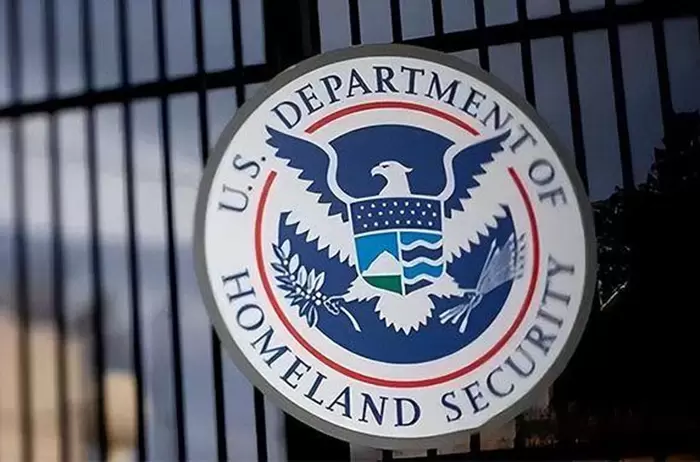
Air transportation has revolutionized the way we travel, connecting people and goods across the globe at unprecedented speeds. However, this complex industry is not without its fair share of challenges. In this blog post, we will delve into the problems that plague air transportation, exploring multiple layers of issues that affect its efficiency, safety, and sustainability.
- Congestion and Capacity:
One of the foremost problems faced by air transportation is congestion. As air travel continues to grow exponentially, airports and airspace struggle to accommodate the increasing demand. Limited runway capacity, airspace restrictions, and inefficient air traffic management systems contribute to delays, missed connections, and increased fuel consumption. Addressing this issue requires innovative solutions such as optimizing flight routes, implementing advanced air traffic control technologies, and expanding airport infrastructure. - Safety and Security:
Ensuring the safety and security of passengers and cargo is of paramount importance in air transportation. Despite rigorous safety measures, accidents and security breaches can occur. Technical failures, human errors, and acts of terrorism pose significant risks. Enhancing safety protocols, investing in advanced aircraft technology, and strengthening security measures are crucial to mitigate these risks and maintain public trust in air travel. - Environmental Impact:
The environmental impact of air transportation is a growing concern. Aircraft emissions contribute to air pollution, greenhouse gas emissions, and climate change. The industry is actively exploring ways to reduce its carbon footprint through initiatives like sustainable aviation fuels, more fuel-efficient aircraft, and carbon offset programs. However, finding a balance between economic growth and environmental sustainability remains a challenge. - Cost and Accessibility:
Air travel can be prohibitively expensive for many individuals, limiting accessibility and widening the gap between different socioeconomic groups. High operating costs, airport fees, and taxes contribute to the rising ticket prices. Improving cost-efficiency through technological advancements, streamlining operations, and fostering competition among airlines can help make air travel more affordable and accessible to a wider population. - Global Cooperation and Regulation:
Air transportation operates in a globalized and interconnected world, necessitating international cooperation and regulation. Harmonizing safety standards, airspace management, and security protocols across different countries and regions is crucial for seamless operations. Additionally, addressing issues such as unfair competition, protectionism, and trade barriers requires collaborative efforts among governments, airlines, and regulatory bodies.
Conclusion:
Air transportation has undoubtedly transformed the way we connect and explore the world. However, it faces a multitude of challenges that demand innovative solutions and collaborative efforts. By addressing congestion, enhancing safety and security, reducing environmental impact, improving affordability, and fostering global cooperation, the industry can overcome these problems and continue to thrive in a sustainable and inclusive manner.




